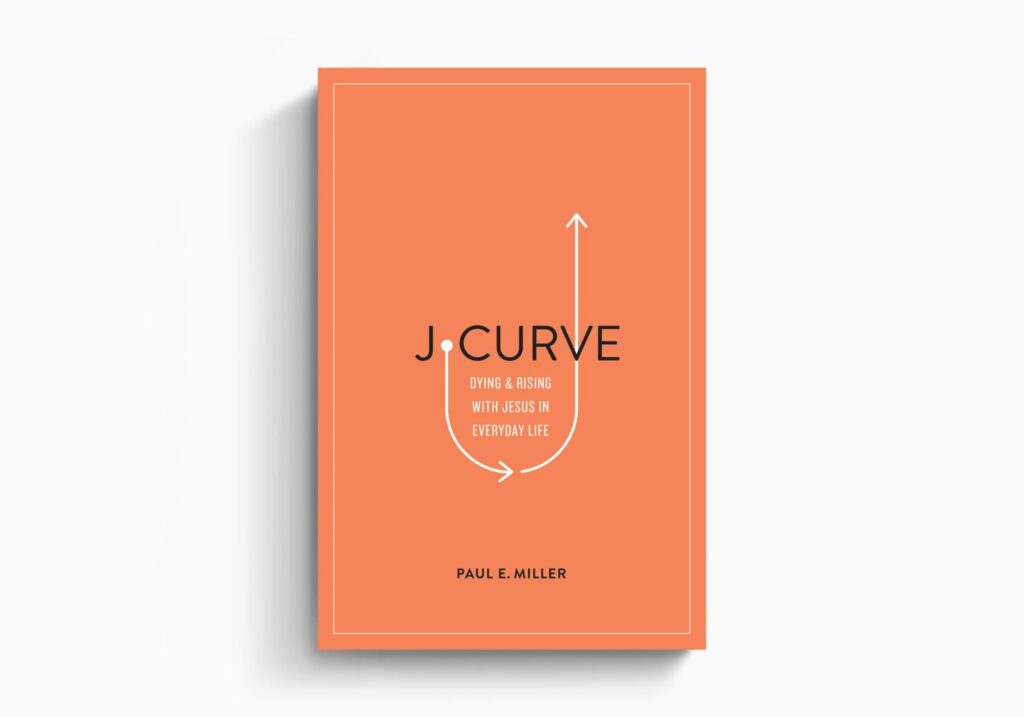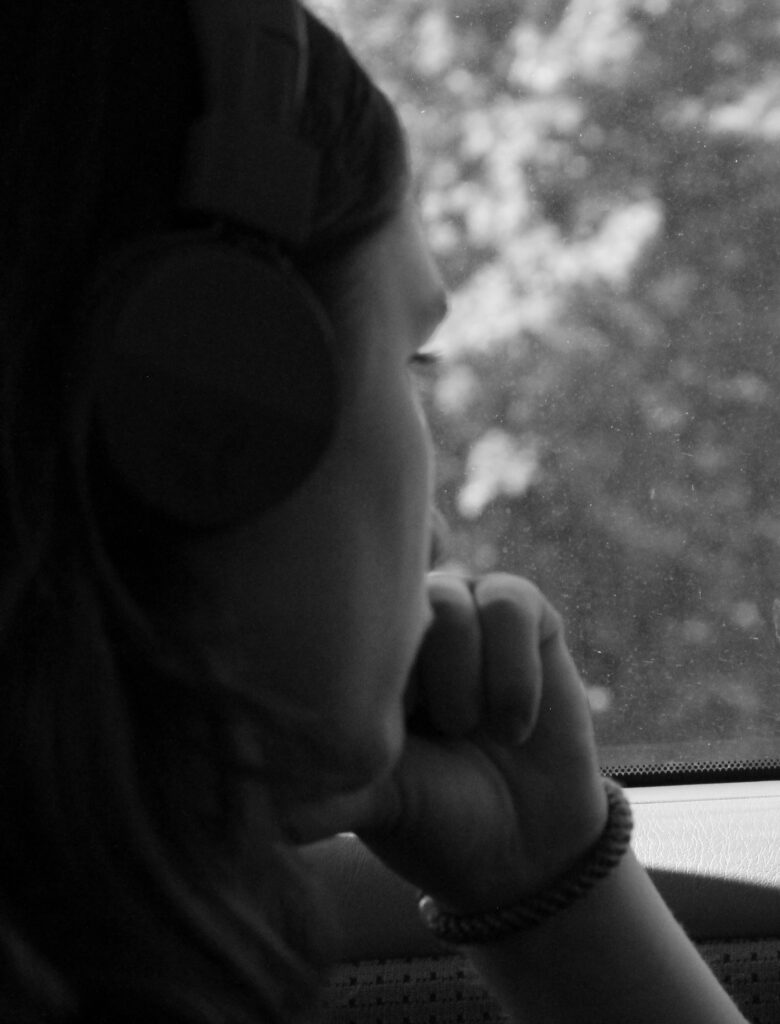
COURSE TRAINER
Jon H.
For more than 25 years, Jon H. has been serving the local and global church. First, as a pastor and church planter and now, as the West Coast and East Asia Director for seeJesus, a global discipling mission. He thoroughly enjoys training pastors, missionaries, and churches in the US and Asia. Jon and Sonia, his wife of 24 years, currently reside in Southern California with their four children.




